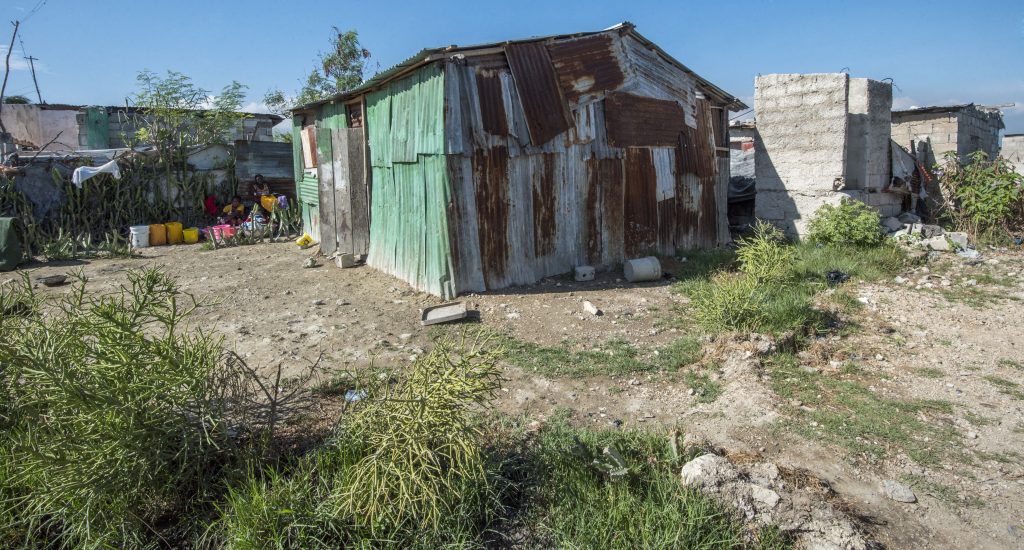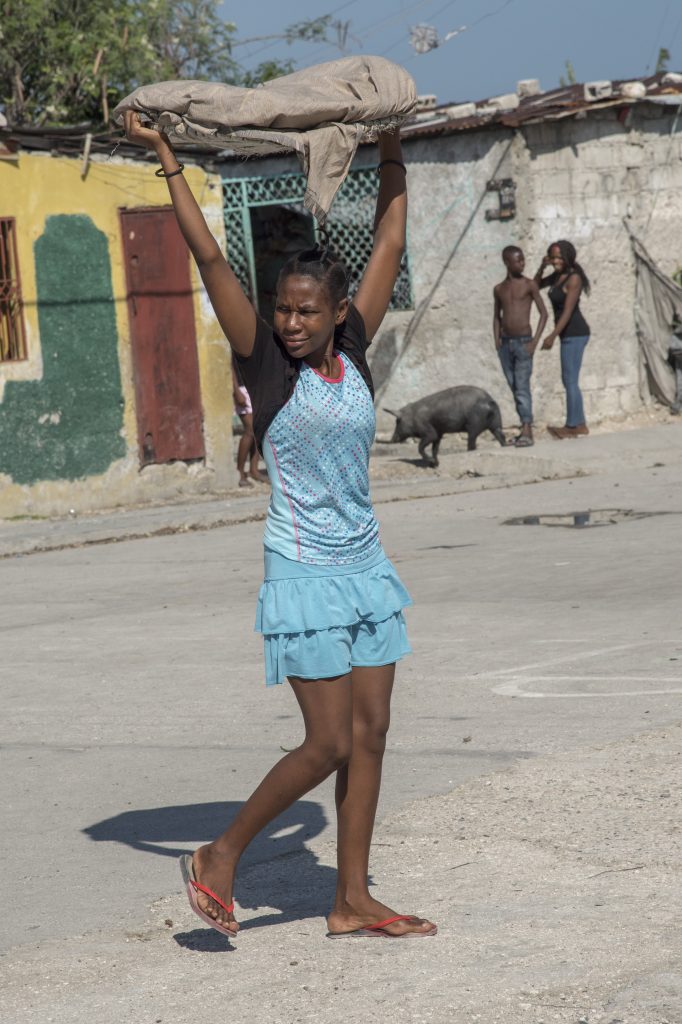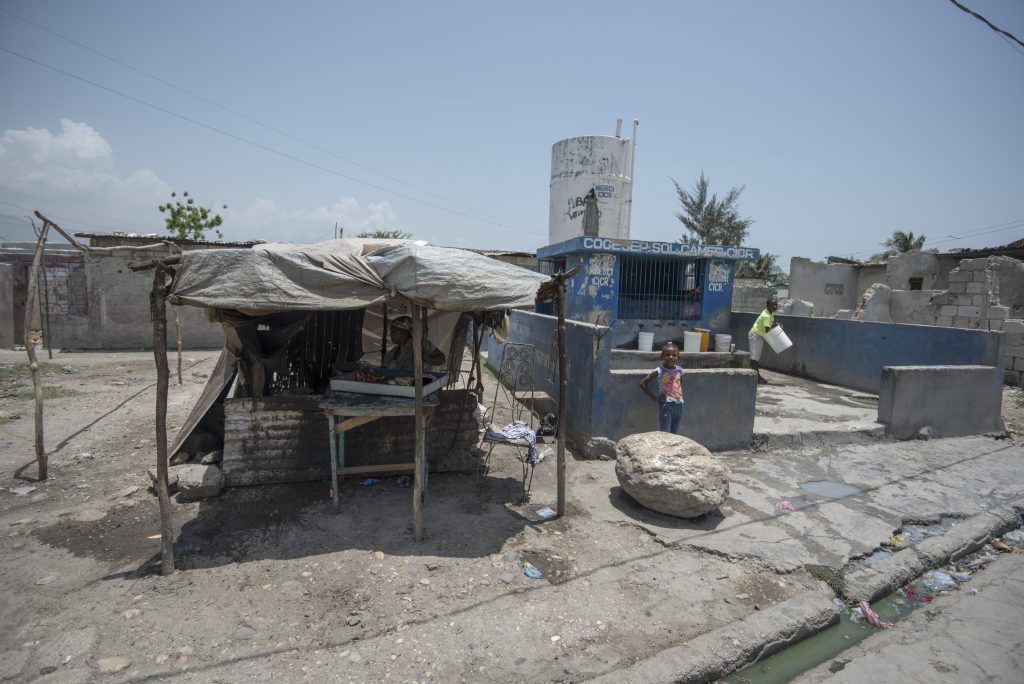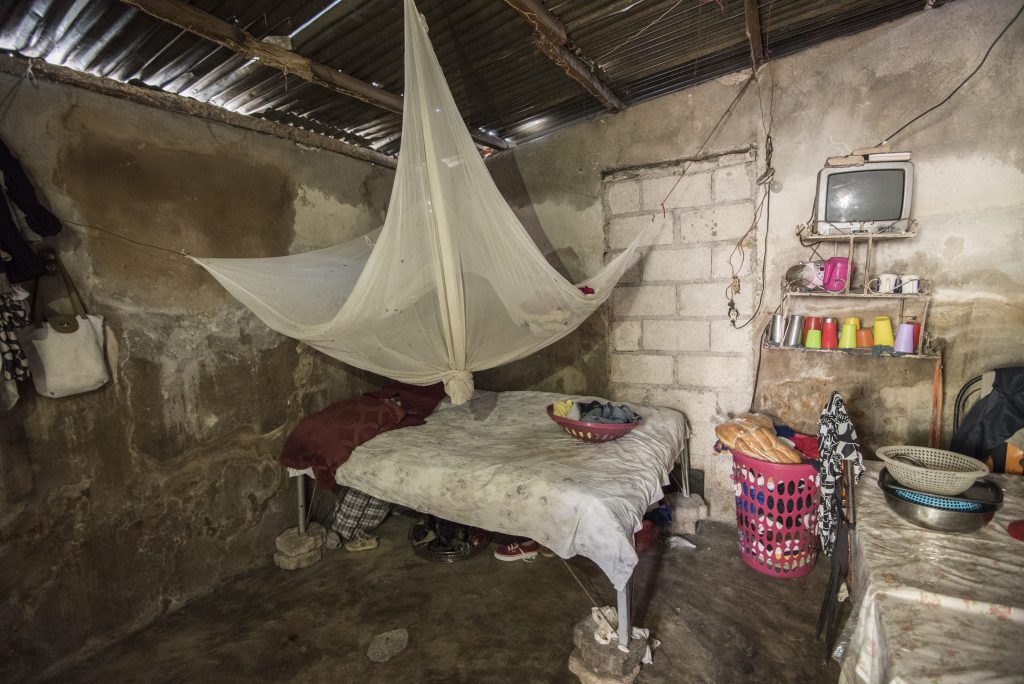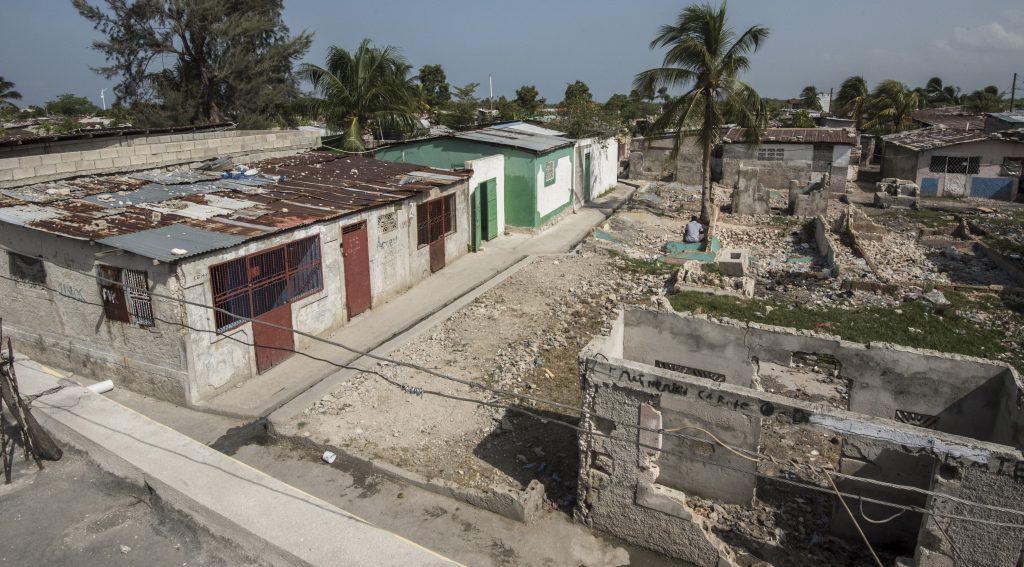Who We Serve
Haiti is the poorest country in the Western Hemisphere and ranks the 17th poorest country in the world (IMF, 2016).
With extreme poverty comes
a lack of access to food/nutrition, clean water, sanitation, education and
health care. Thus, the need for reliable,
quality medical care is very high
and Lamp for Haiti helps to fill this gap and
care for people in need.
Scroll over the chart listed to see
some of the facts about everyday life in Haiti.
Diseases resulting from poor sanitation are extremely prevalent, as are malaria, TB, HIV/AIDS and respiratory disease. Sewers are open ditches; electricity is redirected from main road power lines in jury-rig fashion; potable water is not available. Government health services consist of a hospital located in a distant section of Cité Soleil but health care standards at the facility are very low and patients are charged at every phase of their treatment. The large majority of residents cannot afford to use government services.
These environmental and institutional issues are compounded by the inability of the police to impose law and order on the area. Security is poor; local gangs control the area. Only persons at the extreme lower end of the economic spectrum choose to live here.
Nevertheless, Cité Soleil has a population of approximately 300,000 people, around 35,000 of whom live in Bwa Nèf. The population is very young. There are four schools in the immediate vicinity of the Lamp for Haiti Health Center, each serving hundreds of children.
Cité Soleil has a bad reputation throughout Haiti but this reputation is too often used as an excuse to avoid considering the legitimate needs of this population. The Lamp has chosen not to look the other way. One of our guiding principles is the simple notion that “We are all one human family.” This family certainly does include the wonderful people of Bwa Nèf.

